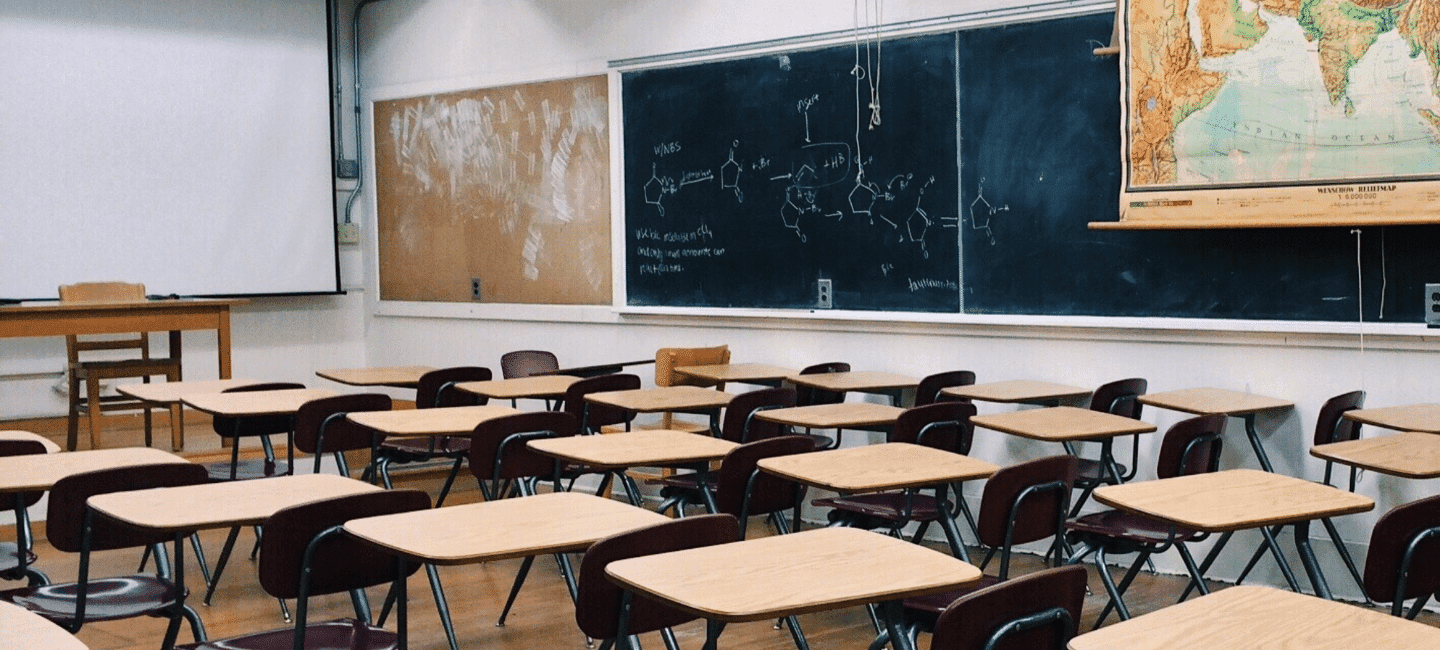
Clear Roles for Transition Coordinators Benefit All Stakeholders
School shootings within the United States are an ongoing and national issue without current resolution. The authors seek to address prevention through the possibility of an interprofessional approach that includes school district administrators and parents, students, and community members.
29 May 2022

